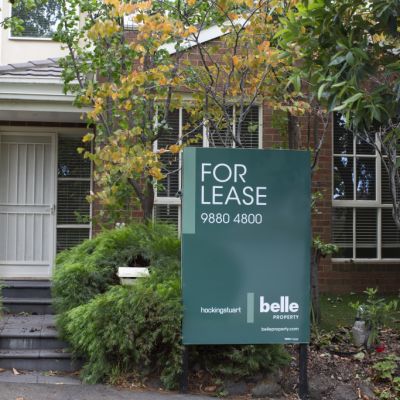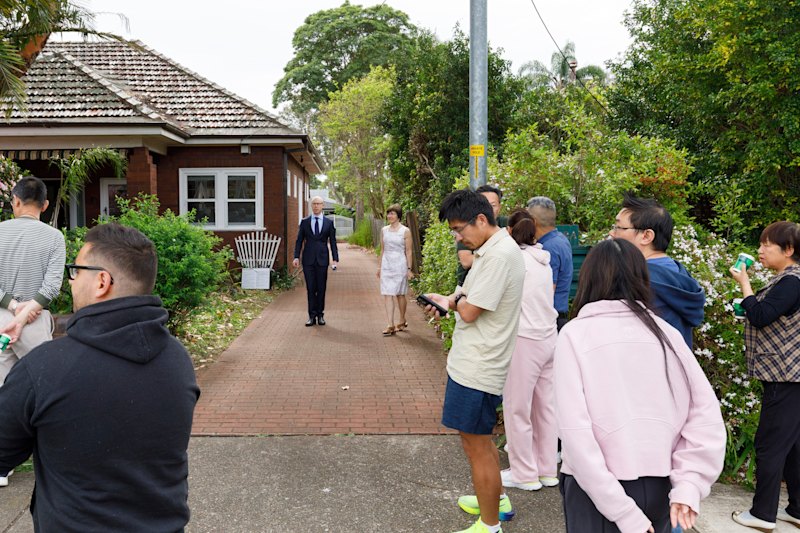ACT Budget 2021: What are this year's property-related measures?
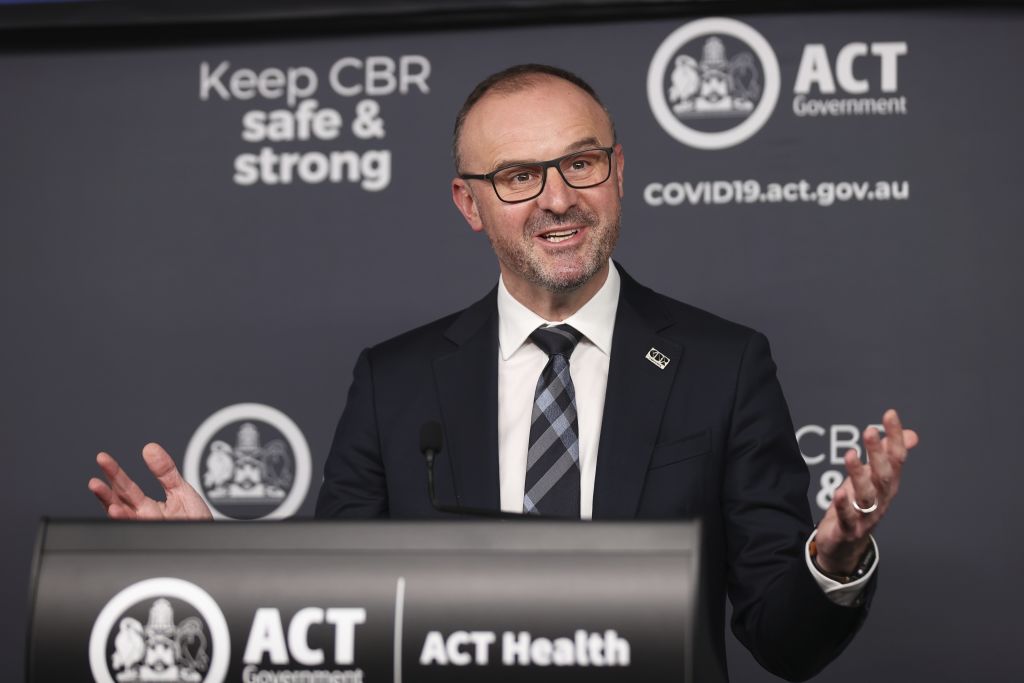
ACT chief minister Andrew Barr has delivered his 10th territory budget on Wednesday afternoon, a month after it was expected to be handed down.
The 2021-22 budget was due to be announced on August 31 but the coronavirus-induced lockdown that has been in place since August 12 delayed the fiscal update. The deferral of the budget acknowledged the need to develop and implement additional initiatives to support the community and businesses.
This afternoon, Mr Barr outlined the territory’s three priorities: to protect the health of the community, deliver on its election commitments and turbo-charge economic recovery.
The 404-page document showed the territory’s financial position was forecast to be $951 million in deficit this financial year. This was $476.7 million higher than the forecast in the 2020-21 budget.
However, Mr Barr said he was anticipating improving revenues, “with deficits reducing in each financial year to $474 million in 2024-25” as the local economy recovered.
As the capital bounces back from the economic downfall brought on by the pandemic, these are property-related measures in this year’s budget:
Stamp duty
The ACT government is still making good on its promise of phasing out stamp duty, which it commenced in 2012, and is currently in stage three of the tax-reform program which will target residential stamp duty reductions at affordable properties for owner-occupiers.
The territory government is continuing to reduce conveyance duty rates in every territory budget. In 2021-22, this will be through a lower marginal tax rate on dutiable value under $200,000 for owner-occupier purchases (reducing duty by up to $1040) and an increase of $100,000 in the tax-free threshold for commercial transactions.
Canberrans have been stung by years of rate increases after the local government moved to abolish stamp duty altogether in favour of a broader property tax system.
So far, stamp duty has been abolished for first-home buyers on any residential property, as long as their annual household income is less than $160,000. Stamp duty was also scrapped for commercial properties of $1.5 million or less.
Most recently, the property tax was abolished for off-the-plan apartment and townhouse purchases up to $500,000 for owner-occupiers.
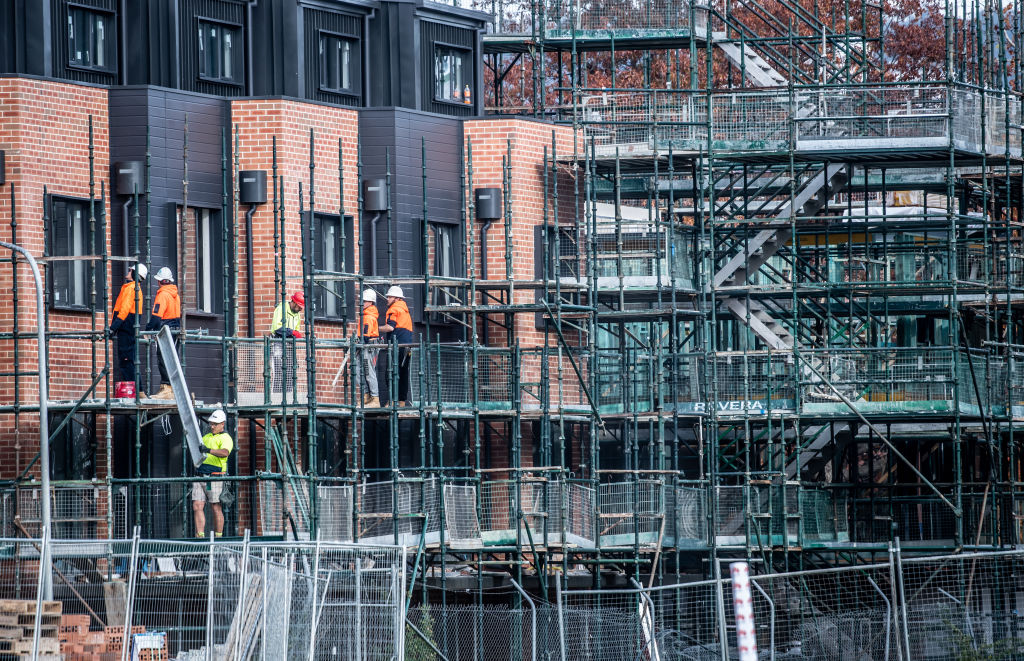
Rates and land tax
As part of the third stage of the tax reform program, residential and commercial rates will be capped at 3.75 per cent over the five years to 2025-26, which is lower than the increase applied during the second stage.
The interim outcome for residential general rates revenue in 2020-21 was $397.7 million. In this fiscal year, residential general rates revenue is forecast to increase to $446.1 million.
The increase reflects the rise in average rates for the current stock, the anticipated growth in the number of properties available, and the impact of reduced revenue received in 2020-21 due to the COVID-19-related measures that were introduced to cushion the economic blow – including the $150 rebate that was applied to all residential properties.
Land taxes, which are only payable on investment properties, will increase 6.1 per cent over 2021-22 to 2024-25, which is higher than the pre-pandemic growth of 4.7 per cent per annum on average. This increase reflects the increase in both housing prices and investment properties.
Renewable energy
Investing in climate change is another key priority for the ACT government.
As part of this, the Sustainable Household Scheme was opened to all eligible households in late September. The scheme offers interest-free loans of up to $15,000 for eligible households to pay for energy efficiency upgrades including solar panels and battery storage units.
The ACT government has earmarked $5.602 million towards the scheme to 2024-25.
During the pilot scheme, which was announced in August 2020, 260 households started the quote and loan process. More than $2 million worth of loans have already been approved and 51 products have already been installed in homes.
The ACT government will also fund an additional $63 million in initiatives over the next four years in a bid to reduce emissions across the capital.
As part of this investment, the first $5 million of the $50 million committed to the Vulnerable Household Energy Support Scheme will help low-income home owners and public housing tenants cut their energy bills with subsidies to switch from fossil-fuel gas to efficient electric appliances.
The ACT government will spend $3.1 million over four years to continue the Solar for Low Income Scheme which will help low-income earners install solar systems.
COVID-19 support for landlords and tenants
The ACT government will provide one-off $50 rebate offered to utilities concession recipients in 2021-22, as well as an additional one-off $200 increase in the utilities concession to support vulnerable households during the pandemic. This will take spending to $6.2 million on utility concessions alone.
A permanent $50 increase will also be applied to the utilities concession taking it to $750 per household.
The ACT government previously announced it would extend COVID-19 residential tenancy relief, which would cost $2.466 million over the next financial year, until December 31, 2021.
Under this measure, land tax and residential rates rebates are given to landlords who reduce rents by 25 per cent for tenants experiencing rental stress.
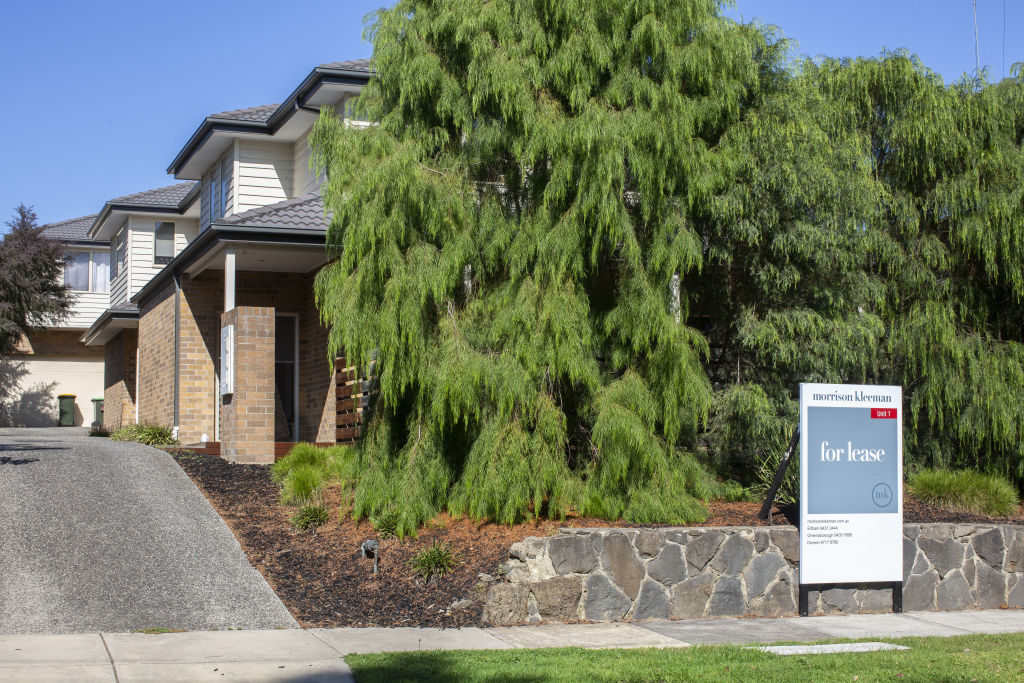
Public, community and social housing
As part of the ACT government’s five-year $5 billion infrastructure pipeline, the total cost of infrastructure investment in housing and community support and safety will be $935 million over the next five years, of which more than $580 million will go towards public housing growth and renewal.
As previously announced, the ACT government will also spend $100 million over four years on improvements to public housing and increase the number of affordable housing options in the capital.
As part of the commitment, the budget earmarked $80 million over three years for public housing maintenance across the existing 12,000 public housing properties, and $19 million will go towards the Growing and Renewing Public Housing program.
The government will also spend $720,000 over four years to enable expressions of interest to build and operate long-term rental accommodation through a build-to-rent scheme on nominated land sites in Turner and Lawson.
The first stage of the build-to-rent scheme will have $640,000 allocated to spend that will focus on affordable and secure rental housing at the existing common ground site in Gungahlin.
Land release
Under the Indicative Land Release Program, the ACT government aims to release 4666 new homesin 2021-22 and 3620 in 2022-23. This will help support the capital’s growing population, which is expected to exceed 460,000 by 2023.
Construction
The territory government will strengthen Access Canberra’s capacity to regulate building quality and respond to the increasing activity in the construction sector.
Calls for an independent building commissioner overseeing Canberra’s construction sector were rejected by the ACT government in December.
The new initiative will be funded through a seven per cent increase in the Building Levy from July 1, 2022. Additional compliance officers will also be recruited in this financial year. The ACT government has earmarked $1.09 million for this initiative.
We recommend
We thought you might like
States
Capital Cities
Capital Cities - Rentals
Popular Areas
Allhomes
More
- © 2025, CoStar Group Inc.
